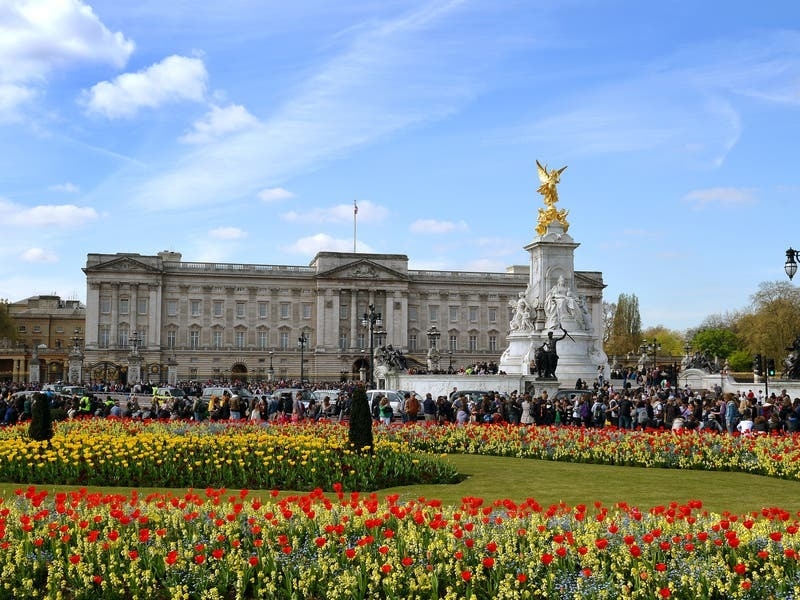Opinion: Gavin St Pier
ARE Jersey and Guernsey on diverging or converging Covid paths?
At the time of writing, Jersey has 1,593 cases and 9,355 contacts, while Guernsey has 15 with 39 contacts in isolation. In addition, Covid has seriously impacted Jersey’s schools, with attendance having fallen to 79.7% in the secondary sector and 91.1% in the primary, while Guernsey is reporting no such disruption. So notwithstanding the difference in population size, Jersey’s current case numbers are very divergent from Guernsey’s. But stats alone really don’t tell the full story.
While Guernsey never formally pursued elimination of the virus, in practice that is what it managed to deliver for most of the duration of the pandemic to date, with the exception of two relatively brief full lockdowns in March to June last year and January to March this year.
This has allowed full economic, social and community life outside these periods. Guernsey has been enjoying many ‘freedom days’ for some time.
Jersey consciously pursued a path which enabled more open borders with a greater acceptance of the consequences of doing so. While this has allowed more travel for residents and non-residents alike, it has not allowed full economic and social life to resume and has required non-pharmaceutical interventions, such as social distancing and face coverings, to be required for longer. ‘Freedom day’ for Jersey, has been pushed out a little further. So far, so divergent.
However, both communities are now pursuing ‘vaccination strategies’ in a bid to ‘learn to live with Covid’ – ‘responsibly’ we add in Guernsey, although whether or not this adds much in substance is open to challenge.
But what do these vaccination strategies entail and what are the objectives?
It really means getting as many adults vaccinated as possible – remembering that unlike the USA, vaccination of children over the age of 12, is not yet recommended by the JCVI – the UK’s Joint Committee on Vaccination and Immunisation, on whose advice and steer both islands’ STAC (Scientific and Technical Advisory Committees) and public health teams are relying.
The latest stats in Guernsey are as at 13 July and show 75% double dosed and 19% single dosed, making 94% in total and rising daily. These are phenomenal statistics and surely will have the island right towards the top of any global vaccination league tables when the programme completes.
This is an enormous tribute to all involved in the programme’s organisation but also, of course, the public’s lack of ‘vaccine hesitancy’ relative to many other jurisdictions.
Frustratingly, Jersey’s release of its vaccine statistics is running somewhat more slowly than Guernsey’s, making direct comparisons impossible.
As at 4 July, in Jersey 63% of all adults had been double dosed and 19% single dosed, making 82% in total. With the different lags in reporting, both islands seem to be broadly on the same path.
Testing policy is another area of divergence. At one level, Guernsey (and the Isle of Man) have moved to relax their border controls more than Jersey. From 1 July, anyone double vaxxed arriving from the Common Travel Area (CTA) can enter through the ‘blue channel’ without testing or isolation; but scratch a bit deeper and you will see that Guernsey’s requirements for the single or un-vaxxed arriving from the CTA (or further afield) remain tougher than Jersey’s, requiring more testing and longer isolation.
Parking the observation that Guernsey is discriminating against the non-fully vaccinated with these stricter requirements more than Jersey, stretching the bonds of #GuernseyTogether, some in Guernsey fear that by not testing the majority of those arriving, unlike Jersey, we no longer know exactly the number of cases we may have wandering our streets.
This has induced some nervousness with both individuals and businesses taking their own decisions to shield themselves or their workforce by avoiding or discouraging the risk of contact with those recently arrived into the island through the blue channel.
This has extended to some pubs and restaurants turning away business, if customers are in that category. The overall net effect on the economy of more residents travelling (and spending) off island versus more visitors visiting (and spending) on island is going to be muddied by such decisions – but that, it seems, is the nature of ‘learning to live with Covid.’
Only time and hindsight will reveal whether Guernsey’s decision not to test the fully vaxxed is going to unleash community seeding of Covid among the unvaccinated – principally those under 18 of course (by the time all adults have been vaccinated).
Both islands (and the UK it seems) are relying on the good evidence that most of those in that young age bracket who do become infected, will not become seriously ill and will not overly pressurise their health systems.
The less well evidenced assumption is that not many in this cohort will be impacted too negatively for too long by long-Covid. For this reason alone, I would argue all governments have a responsibility to do what they can to contain the spread in that age group and not simply end up letting it rip through in what would become an unplanned experiment to get the whole community to ‘herd immunity’ levels of antibody protection by a combination of vaccination for most and infection for everyone else.
My final observation is in relation to cost of the pandemic on public finances. While both Guernsey and Jersey adopted similar measures to protect and support their economies and businesses with direct financial support, the overall cost is starkly different.
Jersey’s Government Plan 2021-24 estimates that the cost in the period 2020-24 could be £440m. Guernsey’s Government Work Plan 2021-25 plans for Guernsey’s costs over a similar period to be around a quarter of that. Even adjusting for the different sizes of government and population, the cost to Guernsey will be around about half that of Jersey.
The story of the islands’ pandemic responses has been one of a common threat producing similar policy responses but applied in subtly different ways, which have produced quite divergent experiences.
Even now, as the islands seek to adjust back to a post-pandemic normality converging around similar vaccination strategies, the last furlongs of our islands’ social histories could yet be quite different as and when they are finally written.
lGavin St Pier is a Guernsey politician. He previously served as the President of the island’s Policy and Resources Committee.






